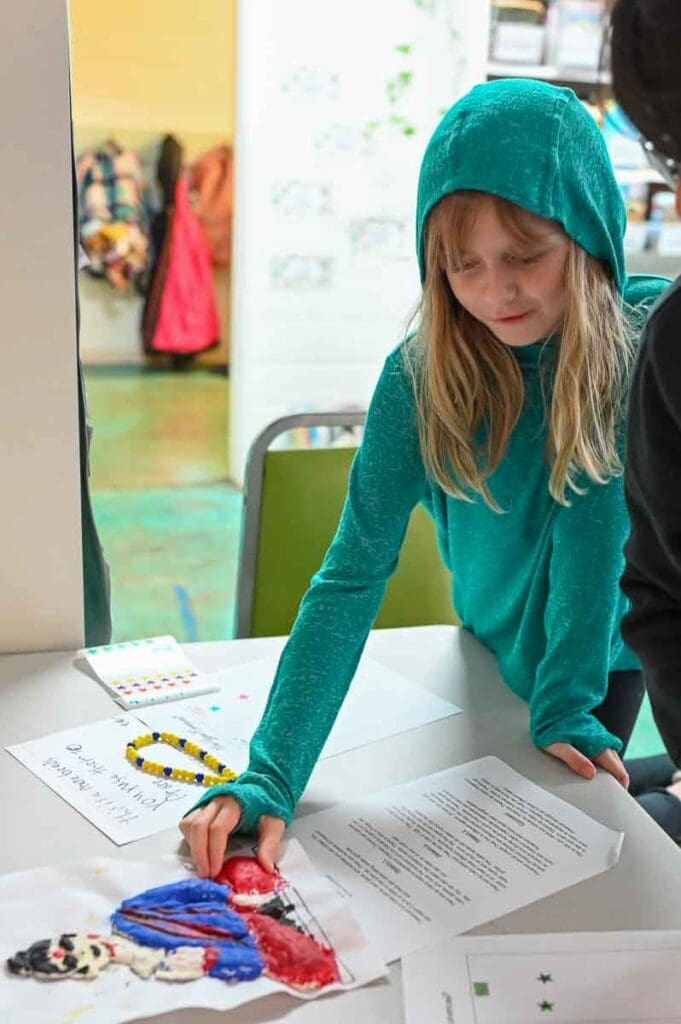BELONGING AND COMMUNITY
Supporting One Another, Welcoming Differences
A Welcoming Environment
Our micro school prides itself in its strong community. We want that community to be a place of belonging, where all students and families feel welcome. Kindness, inclusion and respect are actively coached at AHB.
While we look for commonalities and build school traditions together, we also teach about and celebrate our differences. Our youngest students study themselves and their community. In their Human Body unit, they learn that we are all made up of the same parts, even though we may look physically different on the outside. Quarterly self-portraits help children develop self pride in their being and celebrate all their beautiful classmates! Older students delve deeper into what these differences mean for the people who live them. They consider big questions, like what role did race or gender have on a people’s history, and how does that impact current opportunities?


Community Engagement
At AHB, we prepare our students for a life of community engagement. This includes encouraging kids to identify needs in their community and finding ways for them to serve.
Students and families deepen their ties to our school community through classroom jobs (for students) and school service hours (for families). We also look outside the school to participate in community service projects. We might work with a local food pantry, help clean up a local park, or produce marketing materials and toys for a local animal shelter. Sometimes our Theme studies inspire students to take on bigger projects, whether here in Austin, or in farther reaches of the world.
Global Impact

Non-Discrimination
AHB Community School does not discriminate against individuals on the basis of race, creed, religion, national origin, cultural heritage, age, gender, marital status, political beliefs, disability, sexual orientation, or family style in its admissions and employment policies and procedures.

